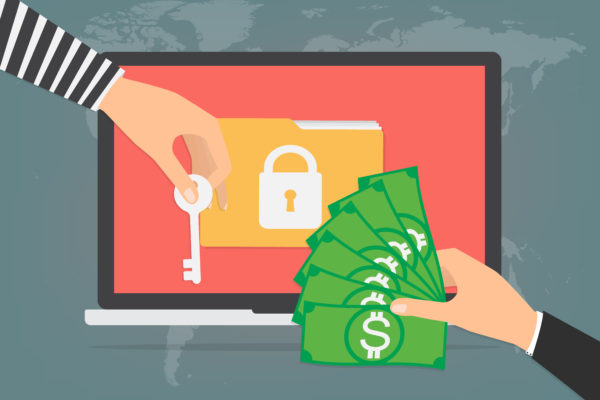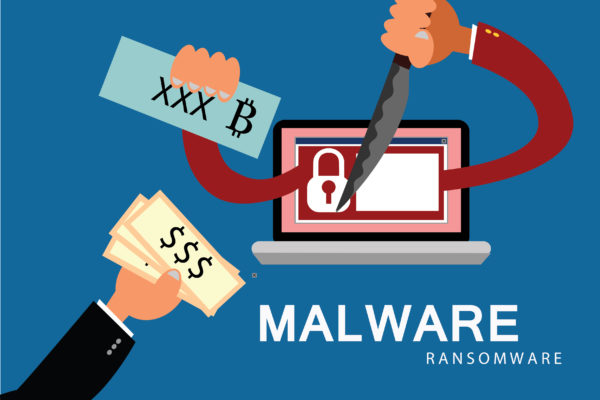The most difficult and greatest cyber crimes faced in the world today is ransomware. No company or business is safe from ransomware. It’s just another name for blackmail over the internet. According to the CCIPS (Computer Crime and Intellectual Property Section),” more than 4,000 ransomware attacks have occurred every day since the beginning of 2016, which is a 300 % increase over 2015 where 1,000 ransomware attacks were seen”.
The background of how it happens:
This works when a criminal behind a computer works in engaging various companies in emails containing software or a threat that completely blocks their data and network and asks for a ransom to be paid to unblock and retract the data. The data is somehow and somewhat retractable if and only when the company pays a huge payment. Even then, the data might not entirely be gained back.
What to and not to do:
One of the ways this can happen is when you receive an email from an unknown source, and it contains a link intriguing you to click or tap on it. And when you do so, it entirely takes away your files and info hidden in the computer until you pay the ransom. To overcome and be prepared mentally before this cyber attack, remind your employees to close their browsers when they’re not using it, especially emails. Be ready to report whenever you detect suspicious activity in the mail or on your computer and have a ransomware recovery plan in place.
To avoid getting any of this in the first place, you have to make an administrative account. Make sure local or guests account are available for others, but you’re in charge of the main one. Restrict all others to access the other accounts. This will help to deny the unauthorized users to access the servers they’re not supposed to make changes to.
You ought to consider ad-blocking software for your searches over the internet. Try restricting internet access; use a proxy server. Disable macros scripts. Though it may not seem like it’ll affect much, but locking one access route should have a limited impact on the target.
Remember not to provide personal information over e-mail, phone calls or even messages. Use a firewall, check before processing because of all the fake software present out there. Check inbound emails for viruses and software.
Records and Data:
In October 2017, credit reference agency said that in the UK 694,000 customers faced data theft during the months between May – July. This is a different figure since the last time they mentioned that nearly 400,000 victims were found. This huge theft resulted in data of 146 million people being lost.



